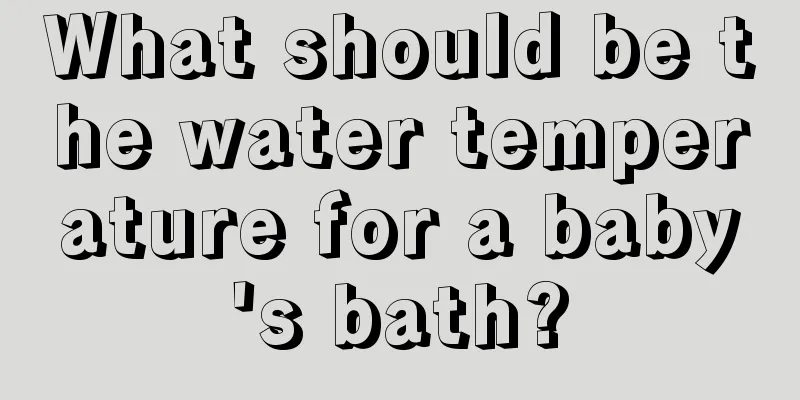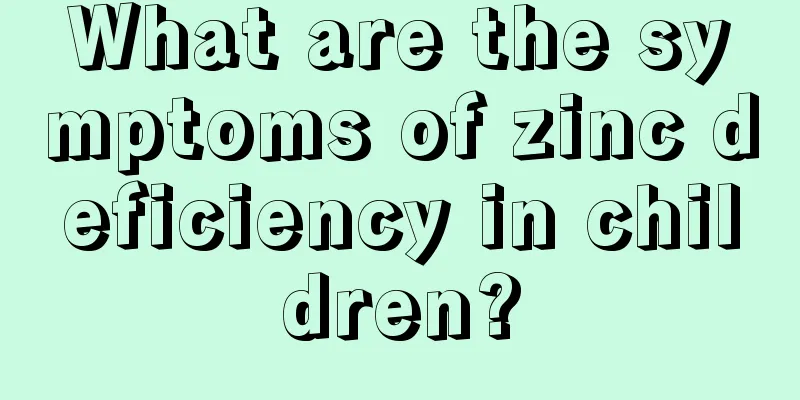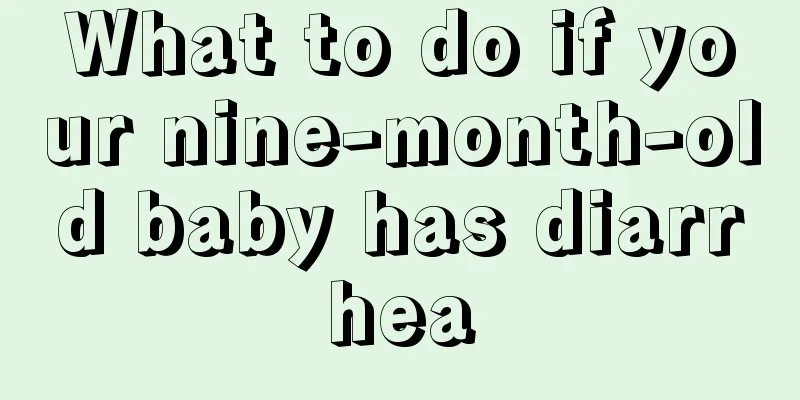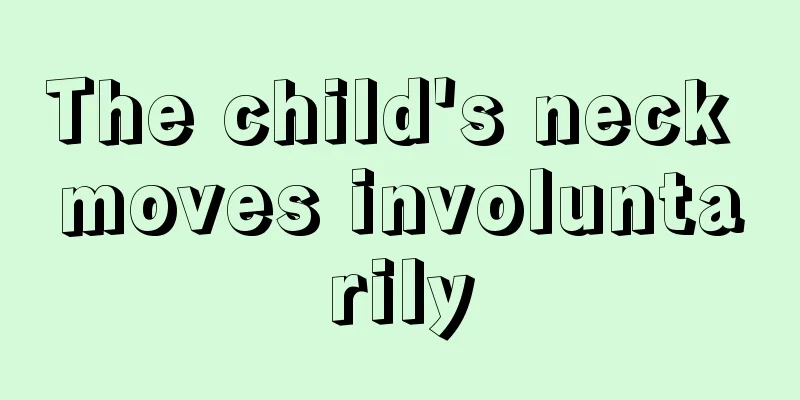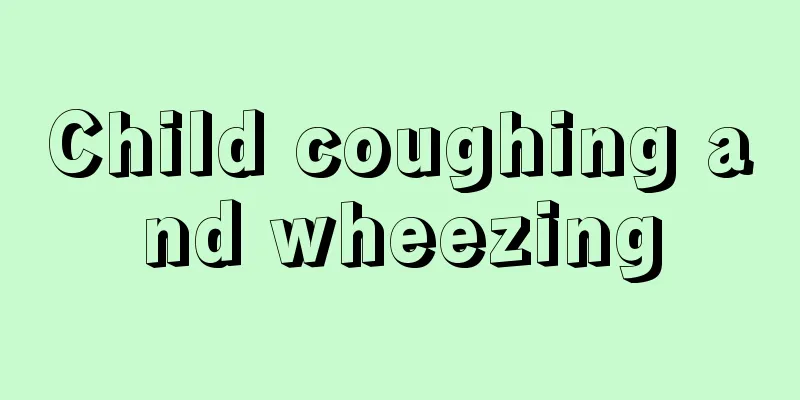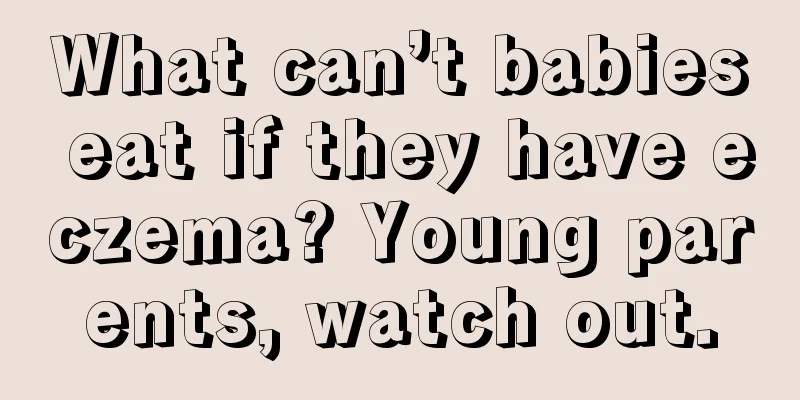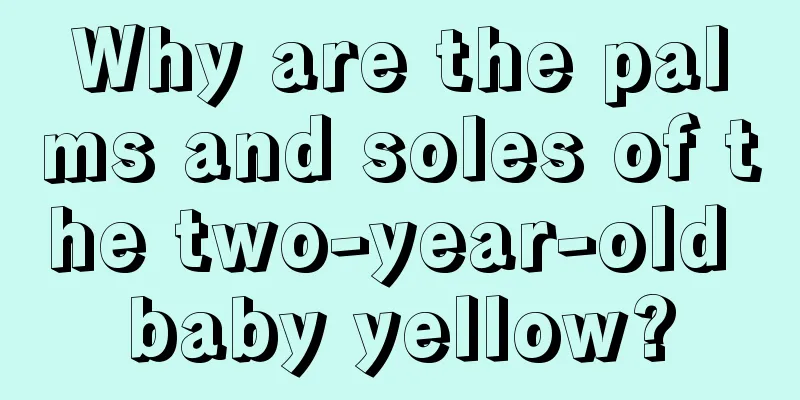Children occasionally twitch
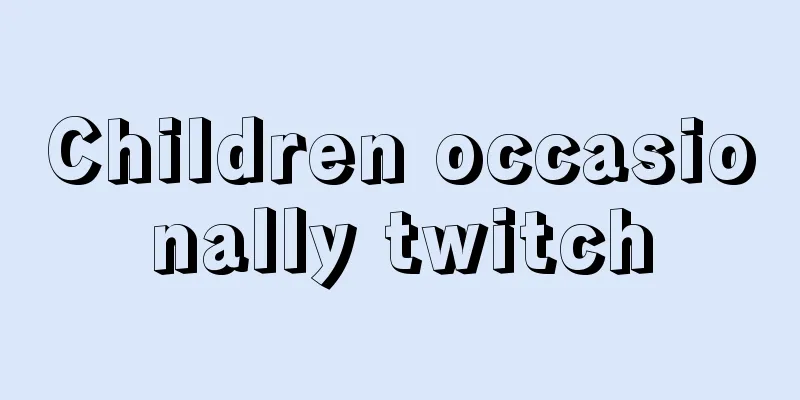
|
We all know that children's body functions are still in the development stage and their own resistance is relatively low, so we all know that taking care of children is a very hard task, and we often encounter various problems in the process of taking care of babies. Among them, convulsions in children are a very common phenomenon. Parents who encounter this problem often don’t know what to do and become flustered due to lack of experience. We should fully understand children's convulsions so that we can better deal with them. The main causes of children's convulsions: febrile convulsions, epilepsy, electrolyte imbalance, etc. Huang Yujuan, Department of Cardiology, Shanghai Children's Hospital. Febrile convulsions are the most common cause of convulsions. Generally, some patients have a family history, that is, their parents had convulsions when they had a high fever when they were young, and their children are often likely to have convulsions as well, while other patients may have no family history. Febrile convulsions (mostly simple type) often occur on the first day of high fever, that is, within 24 hours of fever. When the body temperature rises suddenly, if the parents are unaware that the child has a fever, or if they know that the child has a fever and have taken antipyretics but do not use physical cooling methods, but are instead afraid that the child will catch a cold, they cover the child tightly with clothes and quilts. In this case, some children will have convulsions, which are manifested as loss of consciousness, twitching of the limbs, clenched jaws, purple lips, etc. Some children may have incontinence, but the convulsions usually last for a few minutes and the children will stop on their own. Emergency treatment for convulsions in general hospitals: use a tongue depressor or other object to protect the tongue and avoid tongue bite; use appropriate amount of oxygen, measure body temperature (rectal temperature is recommended), and use antispasmodic drugs such as Luminal. Complete laboratory tests to clarify the cause of the convulsion, such as head CT to exclude intracranial space-occupying lesions, electroencephalogram 10-14 days after the onset of the convulsion, and blood routine examination, electrolytes, etc. according to the characteristics of the primary disease. Points for families to note: Generally, febrile convulsions are more common in the simple type, that is, one fever process only occurs once, and often occurs within 24 hours at the beginning of the fever. As long as parents monitor their children carefully on the first day, after the body temperature steadily rises, convulsions rarely occur, and the attack time is often during chills (a period of rapid temperature rise). Some children may complain of being cold. When parents hear their children crying for cold, see or touch their children's cold hands and feet, they habitually cover their children with quilts or put on more clothes, close doors and windows, etc., and the body temperature often rises sharply. Because before the age of 6, the child's brain is not well developed, and the regulatory function of the cerebral cortex is not perfect, convulsions will occur. Therefore, when a child's temperature rises, pay attention to timely dissipation of heat, drinking water, measuring body temperature, taking antipyretics, physical cooling and other measures. What should I do if my child has a seizure? When a child has convulsions, you must remain calm and do not panic. The convulsing child should be laid flat with the head tilted to one side to prevent the tongue from falling back or secretions from the mouth from being inhaled and causing suffocation. Try not to irritate the patient as much as possible and do not shake the patient vigorously. Do not force open the person's tightly closed jaws or stuff chopsticks, handkerchiefs, etc. between the upper and lower teeth. The rescuer or family member should always stay by the patient's side and wipe away the patient's vomit at any time. The patient's specific condition, such as duration of seizure, location of convulsion, breathing, complexion, and state of consciousness, should be recorded in a timely manner so that it can be provided to the doctor to assist in diagnosis and treatment and to assess the condition. In most patients, the attack ends on its own within a few minutes. If the attack lasts for a long time, the patient should be sent to the hospital for emergency treatment in time. Keep the patient's neck stretched during the transfer, and pay special attention not to cover the mouth and nose in a hurry. |
<<: What to do if your child sweats profusely
Recommend
Clinical manifestations of heart defects in children
Heart defect in children is a common congenital d...
Port wine stain on baby's head
Every child is a lovely little angel, born with t...
Baby's dry lips
The dryness of the baby's lips is caused by s...
How much sleep does a 2 month old baby need?
Many people know that babies eat many meals and s...
Can’t children have their hair cut in May?
Different parents have different ways of dealing ...
When will baldness disappear?
Baldness on the back of the head is not a serious...
What are the precautions for letting your baby swim?
Nowadays, most families have only one child, and ...
How to effectively teach your baby to crawl
Many parents start helping their babies learn to ...
What are the reasons why three-year-old babies cry in the middle of the night?
According to medical data in our country, the cry...
Newborn baby keeps making goose sounds?
If a newborn baby always makes goose-like sounds,...
What foods should children eat when they have a cough?
Children are prone to coughing due to various rea...
The difference between cold cough and hot cough in children
Coughing is a very common disease in children dur...
What to do if your baby loses hair at three months old
Baby's hair loss is a matter that worries par...
Baby sweating at night
Babies are the apple of every parent's eye. A...
Why does my child's urine smell so bad?
When a child urinates, the urine has a strong odo...
